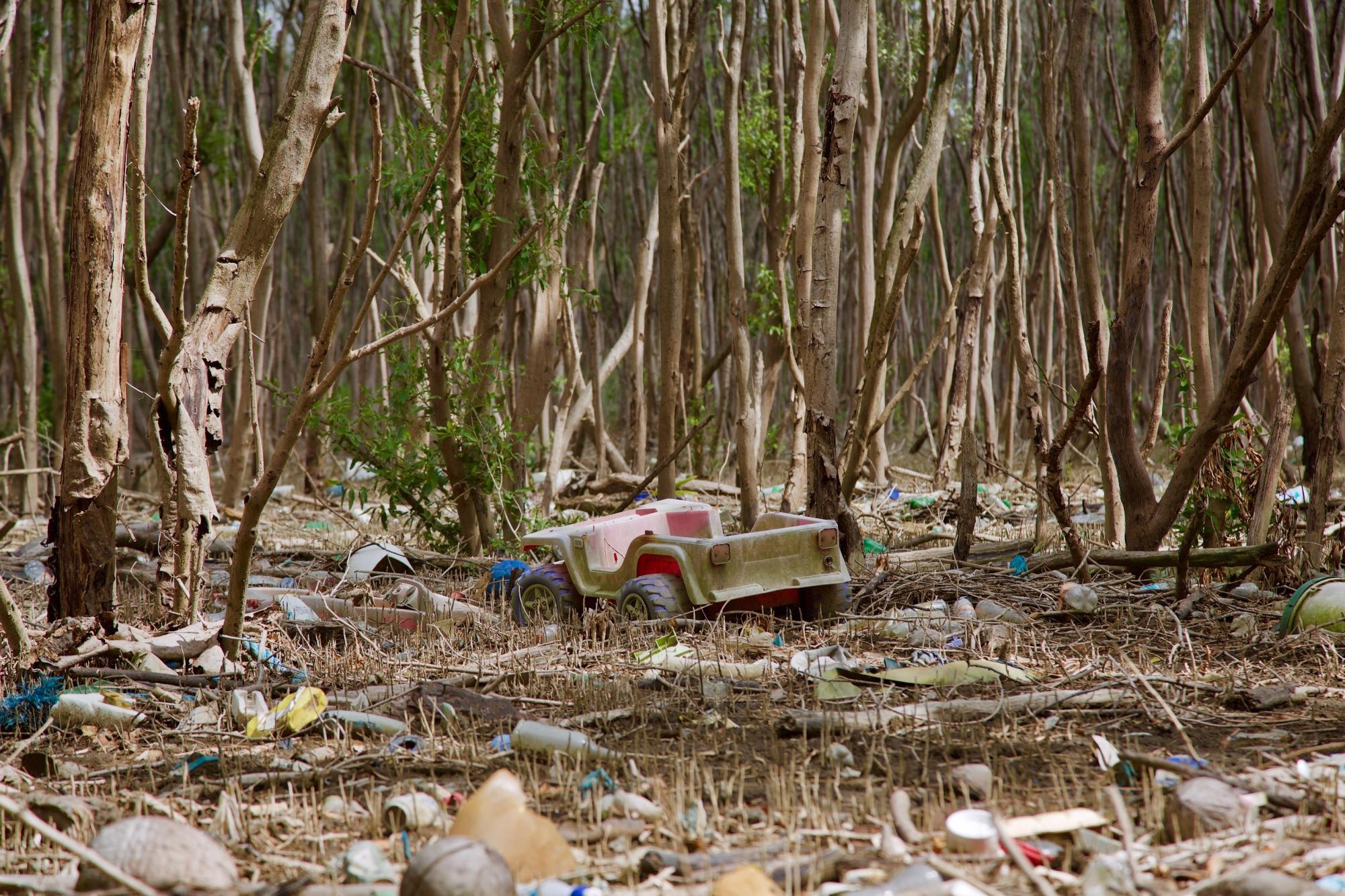Jan 27 2021
According to a new study, mangrove ecosystems are specifically at risk of getting polluted by plastic transported from rivers to the sea. About 54% of mangrove habitat lies within 20 km of a river that carries over one tonne of plastic waste into the ocean annually.

Image Credit: Grid-Arendal.
The study has been published in the Science of the Total Environment journal. Scientists have discovered that, specifically, mangroves in Southeast Asia are endangered by river-borne plastic pollution.
Authored by researchers from GRID-Arendal and the University of Bergen, the study is the first global evaluation of the exposure of coastal environments to river-borne plastic pollution. Most of the plastic waste transported to the sea by rivers ends up getting trapped along the coastlines. However, certain types of coastal environments capture much more plastic compared to others.
The team superimposed maps of coastal ecosystems with the latest data on the input of river-borne plastic to sea to determine which coastal environments are more prone to be highly impacted by plastic pollution with origin on land.
The study discovered that 52% of river-borne plastic pollution reaches river deltas, though they constitute not more than 1% of global coastlines. On the other hand, rocky shores receive just 6% of the plastic pollution, though they constitute 73% of global coastlines. Coastal environments of all types are affected by river-borne plastic pollution.
Moreover, the researchers evaluated the exposure of mangroves, saltmarsh, seagrass, and coral reefs to rivers that release high amounts of plastic into the sea, more than one tonne annually.
Mangroves were the highly influenced of all, with 54% of mangrove areas situated next to at least one of these highly polluting rivers. Coral reefs were the least influenced among the four habitats, with just 17% of coral reefs situated within 20 km of a river that releases over a tonne of plastic pollution annually.
Southeast Asia is highly impacted by river-borne plastic pollution compared to any other region worldwide. Earlier studies have predicted that 86% of plastic pollution goes into the ocean from Asian rivers.
This is one of the causes as to why mangroves in Southeast Asia are particularly susceptible to plastic pollution. The researchers discovered that coral reefs in Southeast Asia are highly affected by marine plastic compared to reefs in most other regions of the world, while coral reefs in Australia seem to have escaped a major impact from plastic pollution.
To effectively fight the growing problem of marine plastic pollution, we need to know how plastic waste is distributed and which ecosystems are most affected. Now that we know mangroves have a higher likelihood of being severely affected by plastic waste, leaders can take steps to protect these critical habitats.
Peter Harris, Study Lead Author and Managing Director, GRID-Arendal
The researchers of the study suggest that authorities should prioritize a decrease in plastic pollution in regions where rivers enter the sea next to sensitive and protected ecosystems.
Journal Reference:
Harris, P. T., et al. (2021) Exposure of coastal environments to river-sourced plastic pollution. Science of the Total Environment. doi.org/10.1016/j.scitotenv.2021.145222.